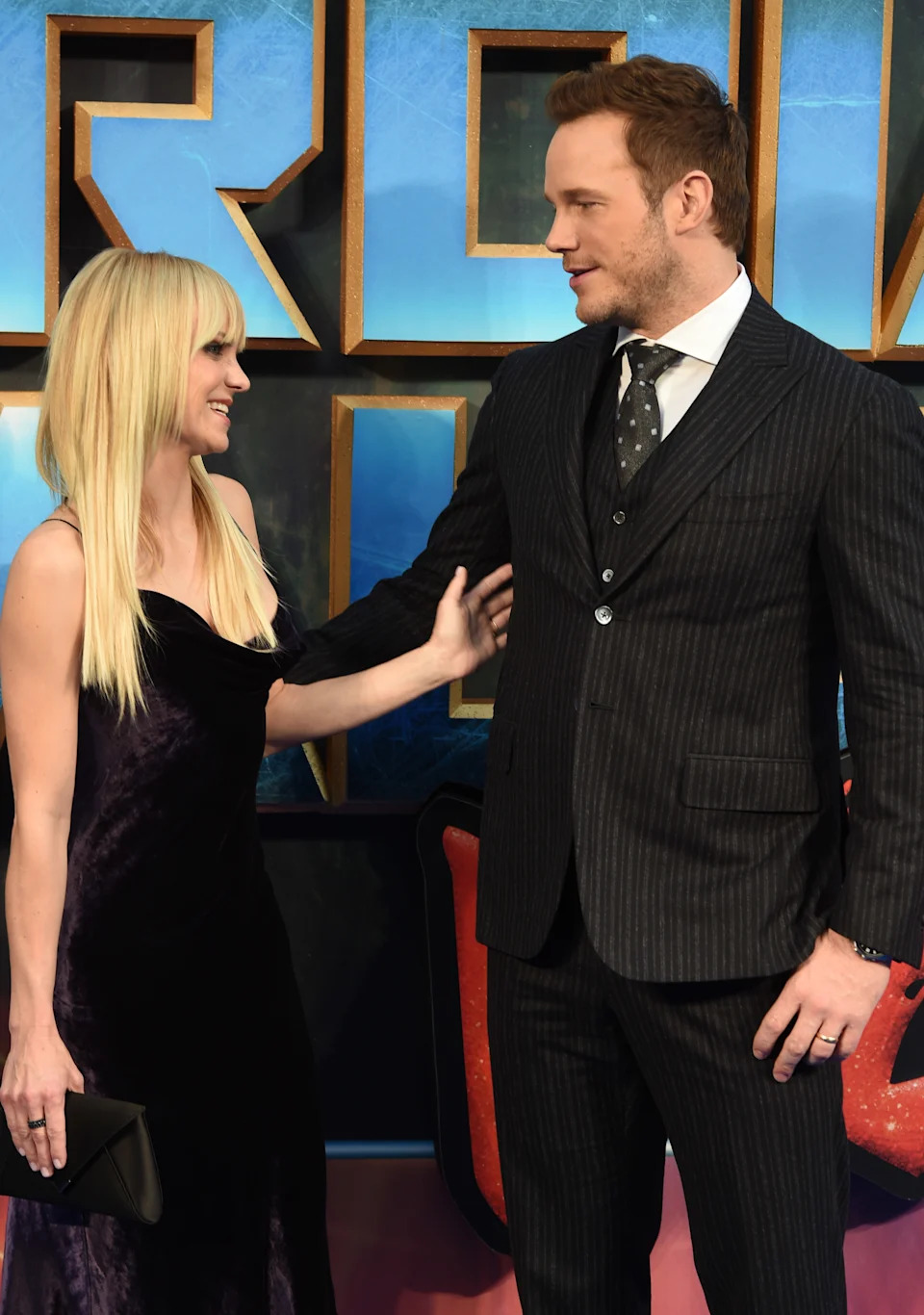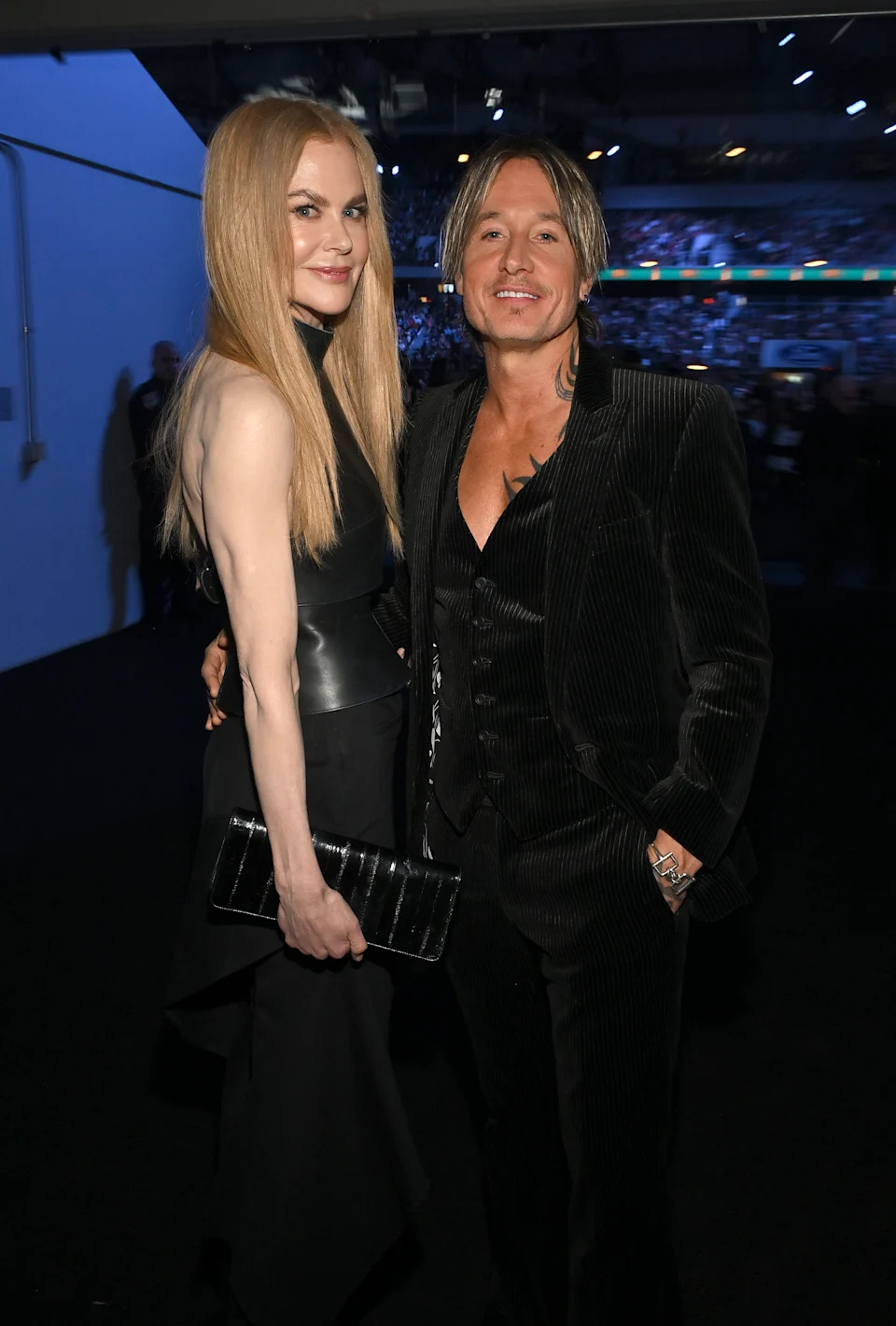In the past few weeks, the headlines around Nicole Kidman and Keith Urban’s split have begun to follow a familiar rhythm: “sources close to” both sides, alternating sympathy and subtle shade; photos that appear just candid enough to feel spontaneous; interviews that suddenly read a little more personal than usual.
After nearly two decades in the industry, I can spot when a PR team is working overtime — and right now, both camps clearly are. This isn’t chaos; it’s choreography. Every sighting, leak and Instagram caption is part of a narrative rollout designed to protect a brand, not just a heart.
But as the New York Times’ “smear machine” exposé on the Blake Lively–Justin Baldoni legal saga showed, the way celebrity narratives are managed in 2025 looks very different from the days of quietly feeding Page Six. Today, it’s all-hands-on-deck storytelling — strategists, lawyers, social teams and crisis consultants moving in tandem to shape how a breakup feels as much as how it reads.
In Hollywood, love may be blind, but divorce is never unscripted.
Act one: The art of the launch
To understand what’s really happening behind the curtain, I spoke with two experts who’ve made a career out of managing the emotional theater of high-profile divorces: Angelique Phipps, a narrative strategist who crafts long-game story arcs for public figures, and David Johnson, a veteran crisis PR CEO who specializes in brand protection.
When a celebrity couple announces a breakup, it can feel like a shocking surprise — as with Kidman and Urban — or the inevitable conclusion after months of stories hinting at “separate lives,” like Tom Brady and Gisele Bündchen. In both cases, what looks like a first move to the public is usually the result of careful coordination that began long before the announcement.
“These narratives usually start forming long before the public hears a word,” Phipps tells Yahoo. “Once a relationship begins to change or one partner starts mapping out a new chapter, quiet conversations happen behind the scenes. It’s less about hiding and more about keeping a sense of stability until emotions settle and logistics are clear.”
According to Phipps, the first post or statement rarely happens by accident. “It’s often the soft opening of a longer rollout,” she says — one that’s designed to ease people into a new reality through tone, language and even imagery.

Anna Faris and Chris Pratt, pictured in 2017, emphasized the importance of their family when they announced their split. (Justin Goff Photos/Getty Images)
Examples abound: Chris Pratt and Anna Faris’s joint statements, characterized by a shared tone that kept the focus on family rather than fault. Gwyneth Paltrow and Chris Martin’s infamous “conscious uncoupling,” a phrase that reframed divorce language entirely.
“What looks like a first act to the public,” Phipps says, “is often the final stage of months of behind-the-scenes planning.”
What happens next depends on the level of drama behind the scenes. Not every breakup requires crisis management; some simply need quiet coordination. As Johnson points out, most celebrity divorces fall into one of two categories: those that require a controlled narrative — dignified, measured and focused on moving forward — and those that demand containment, when allegations, leaks or legal filings turn personal pain into public crisis. The strategy, tone and even the speed of storytelling shift depending on which version you’re managing.
Act two: Planting the narrative
If Phipps approaches celebrity breakups like story arcs, Johnson treats them like battle plans when necessary.
“Just as lawyers advise it’s best to file first during the divorce, the same goes with protecting your image,” Johnson tells Yahoo. “You want your story out first. That allows you to take control of the narrative before the other spouse or someone else does.”
For Johnson, the first move determines everything. His team develops key messages, quietly lays groundwork with select leaks and establishes boundaries — often weeks before any public statement is made. “Lawyers will always advise silence,” he says. “But silence is not golden in situations like this — disciplined messaging is.”
Having the right outlets on your side helps. Most publicists already have a shortlist of journalists they consider friendly. “A good PR team will always have trusted media contacts who respect professional boundaries and will frame a story with context, not gossip,” Johnson says. These are the people to brief first, ideally off the record, to guide early coverage.
At the same time, visibility matters. Johnson says it’s smart to “proactively pitch positive lifestyle or career pieces that reinforce stability and professionalism” during a client’s divorce period. “You want some public appearances so people see you — and the impression you convey during these appearances becomes part of the narrative.” Kidman seems to be doing just that, showing up at Paris Fashion Week with her and Urban’s daughters — a subtle reminder that she’s moving forward with grace.
Phipps agrees that visibility can be powerful, but she emphasizes that tone matters more than volume. “You can engage without exposing everything,” she says. “Setting boundaries and sticking to them becomes part of the message itself. When the tone feels grounded and consistent with the person’s established image, people believe it.”
Still, when allegations, leaks or messy filings enter the picture, Johnson says “the tone shifts to protection and damage control. Every statement should be vetted for legal and reputational risk, and a ‘rapid response’ structure must be in place.”
That’s when leaks — or “sources close to” quotes — often come into play. Phipps calls them “a way to take the public’s temperature.” “A small detail might be shared to see if people respond with sympathy, curiosity or fatigue,” she explains. “If the reaction feels right, the team builds on it. If it lands poorly, they shift direction. It’s a quiet way to influence coverage without attaching the client’s name directly to a quote.”
Leaks can also serve as leverage. A negative story might be released to shift blame, reframe emotion or subtly gather sympathy. “The intent is rarely about truth,” Phipps says. “It’s about leverage. In high-profile breakups, perception can carry as much weight as fact — and that makes controlling it a calculated part of the process.”
In both experts’ eyes, the endgame is the same: Control the story, or risk being written out of it.

Nicole Kidman and Keith Urban in May, just months before their split went public. (Michael Buckner/Penske Media via Getty Images)
Act three: The power of perception
Phipps views the push and pull of a celebrity breakup as a balancing act — not between truth and spin, but between sympathy and control.
“The first step is understanding where the power sits in the story,” she says. “If one person enters the breakup with a stronger public image, the strategy often leans toward empathy. You show the public the human side of someone they may have viewed as untouchable. If a client already has goodwill or a solid reputation, the focus shifts toward control.”
In her world, control isn’t cold — it’s structure. “Sometimes the most strategic thing you can do is release control long enough for sincerity to come through,” she adds. “When emotion feels earned and timing feels natural, the public tends to respond with empathy instead of skepticism.”
Johnson agrees and points to the Kidman–Urban situation as proof that control and vulnerability can coexist.
“Kidman has been making all the right moves and is winning the PR war,” he believes. “She’s come across as dignified and forward-looking, concerned with her children, while strategically and subtly letting it be known that it’s a hurtful and emotional situation.”
He highlights Kidman’s recent Vogue profile as a subtle, yet telling example. In the piece, the writer said he sensed trouble in her and Urban’s 19-year marriage when she was talking about life in her 50s. “How many times do you have to be taught that you think you know where your life is going and then it isn’t going in that direction?” she wondered aloud.
Johnson says that kind of controlled vulnerability, paired with her poised public appearances, conveys resilience without bitterness — a tone that aligns perfectly with her public image. “She’s come across as dignified.”
Urban, meanwhile, seems to be keeping his head down. It’s a move that could play out just fine in the long term; however, Phipps thinks the side that earns the benefit of the doubt often wins the narrative both “in the media and in public perception.”
Act four: Authenticity (or the feeling of it)
Even the most polished breakup campaign has to feel real. “People can forgive heartbreak,” Phipps says, “but they rarely forgive manipulation.”
In the age of social media, it’s all about striking the right balance between what’s real and what’s necessary to share.
“The goal is to protect privacy while still giving enough context to help people understand the transition,” Phipps says. “Fans believe they’re entitled to every piece of a celebrity’s personal life because they feel connected through constant visibility. The challenge is to meet that curiosity with presence — but not surrender to it.”
Her approach? Tone over detail. “A single sentence that conveys humanity can be more effective than a long explanation,” she says. “‘This is difficult for both of us’ does more to preserve dignity than any attempt to explain why the relationship ended.”
Beyoncé and Jay-Z, she gives as an example, “never denied [infidelity] rumors but chose to address them through art and controlled storytelling. By the time Lemonade and 4:44 arrived, the narrative had become one of growth, not scandal.”
Johnson frames it more bluntly: “A celebrity divorce isn’t just a personal event — it’s a defining moment for your brand. The public will judge how you handle it as much as why it happened.”
Epilogue: The illusion of spontaneity
Both experts agree: Almost nothing in a celebrity breakup happens by chance.
“What looks spontaneous has usually been discussed, rehearsed or approved before it ever reaches the public,” Phipps says. “The photo that looks unplanned, the airport sighting, even the tone of a ‘source quote’ — they’re all designed to communicate something specific.”
Still, she adds, “emotion drives the story.” Even the best-laid plans can falter when feelings spill over — a social media post, a lyric, a look. “Those unscripted moments are what make people lean in because they feel genuine,” she says.
That’s the paradox of modern celebrity: The public wants stories that feel raw and human, even when they’re meticulously staged. Once upon a time, breakups were private. Now, they’re prestige productions … and even heartbreak needs good PR.
